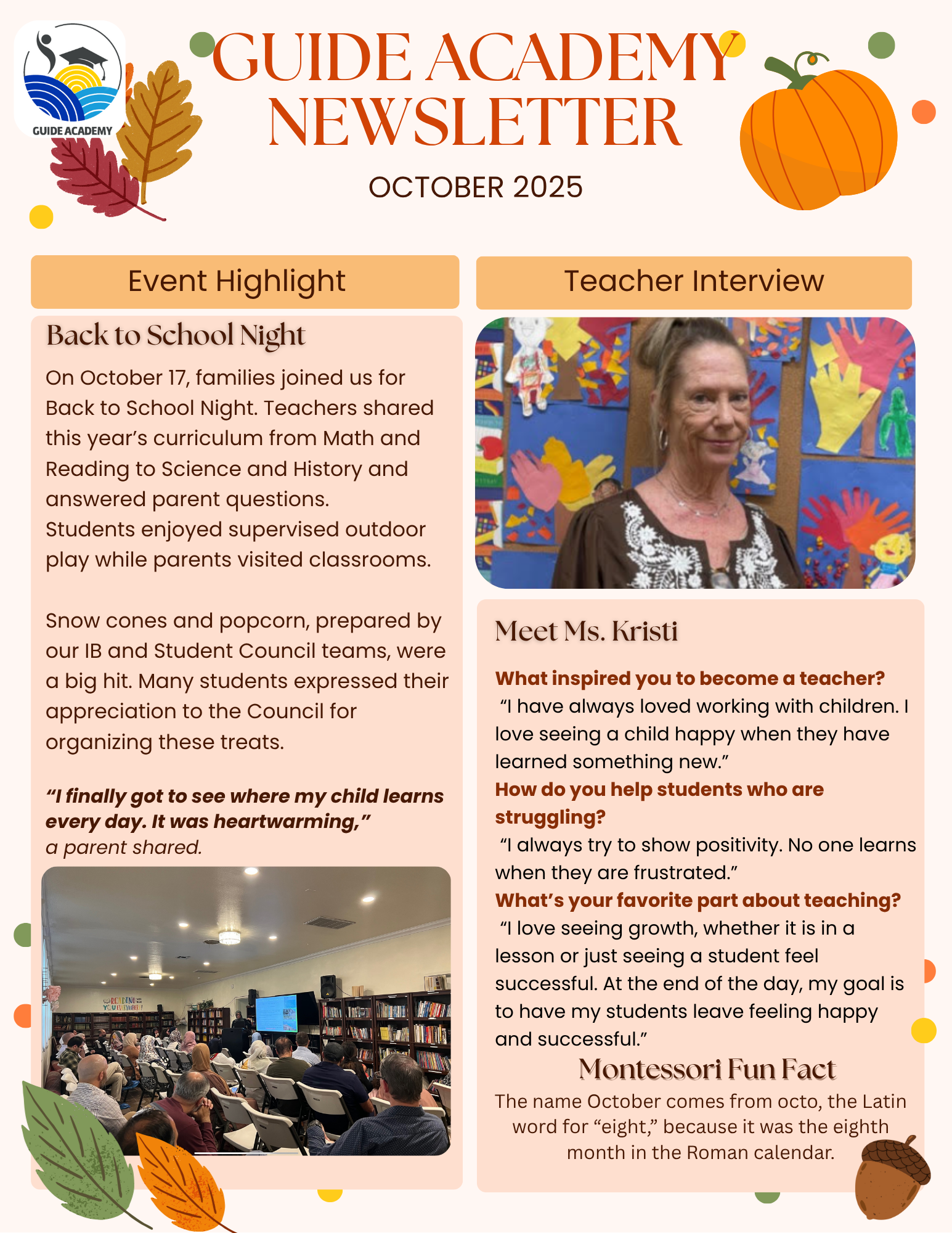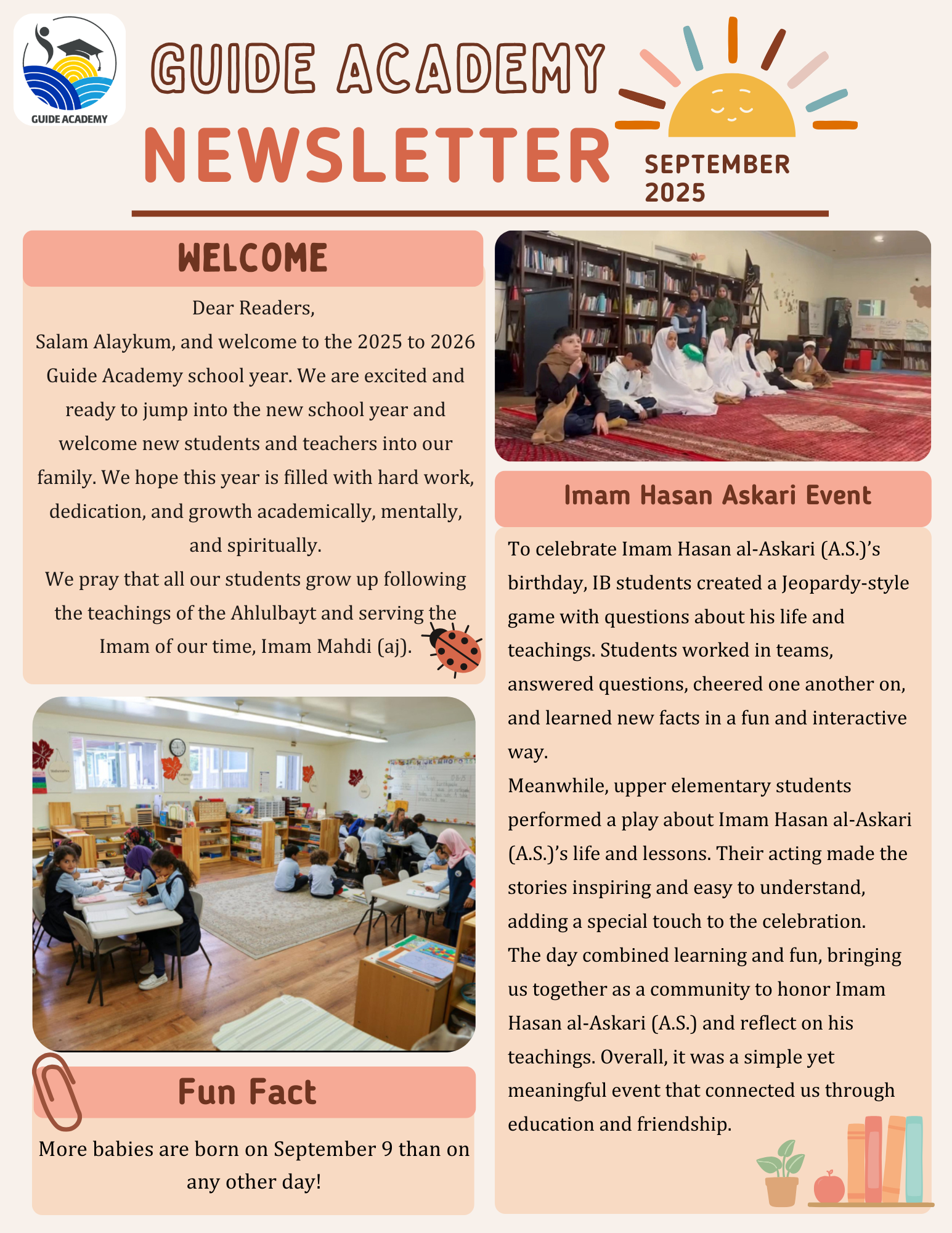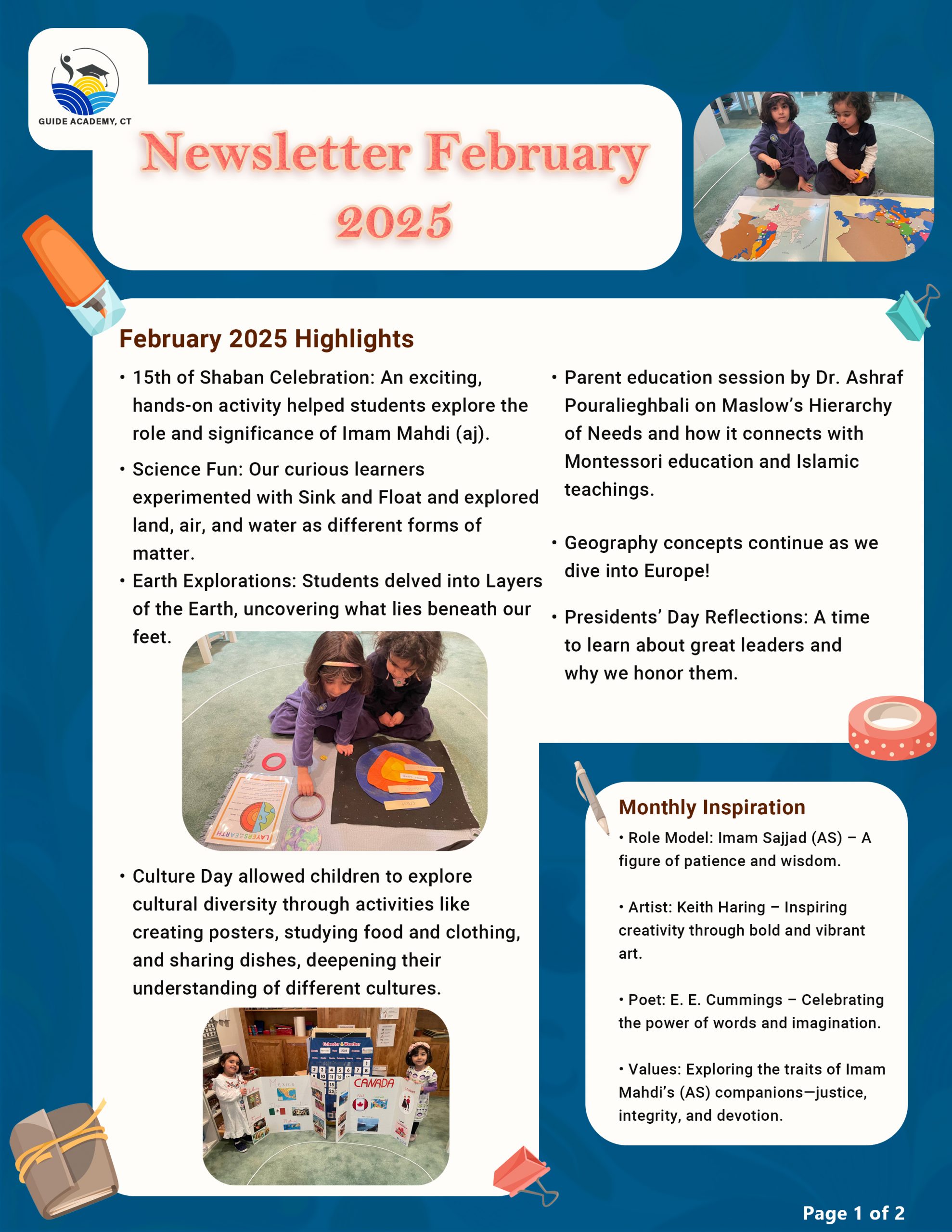Learn why
Montessori education at an early age for new parents
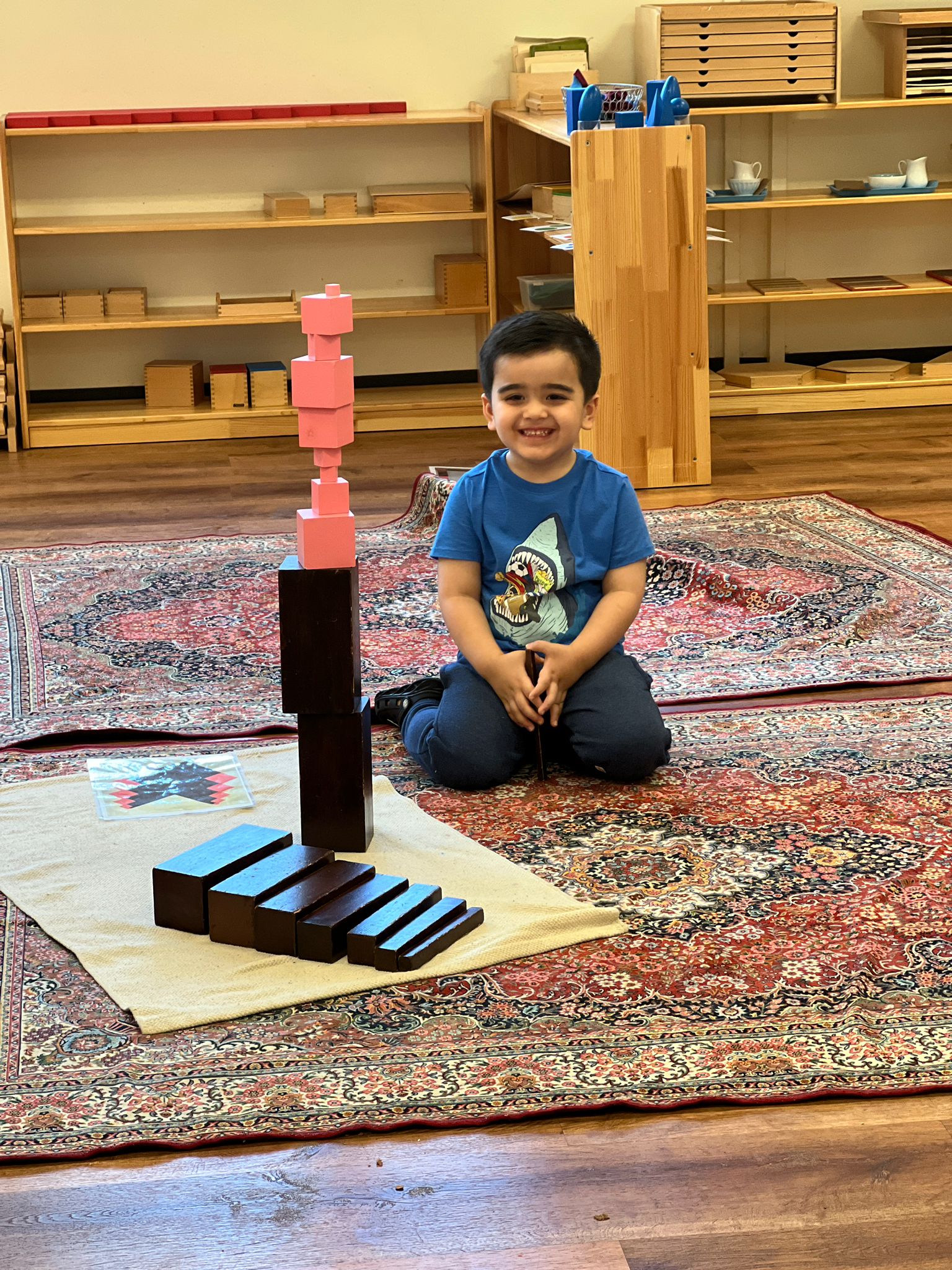
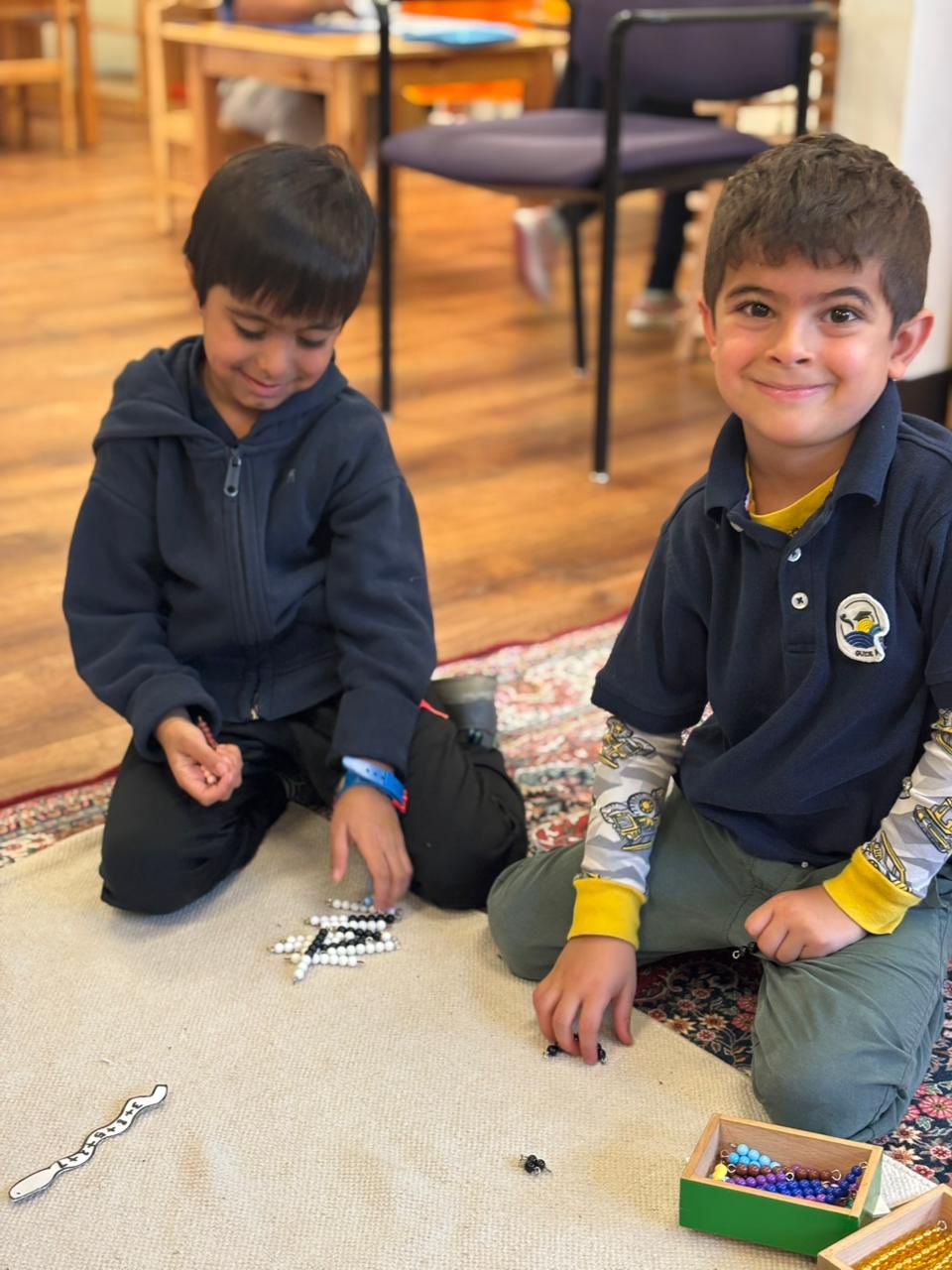
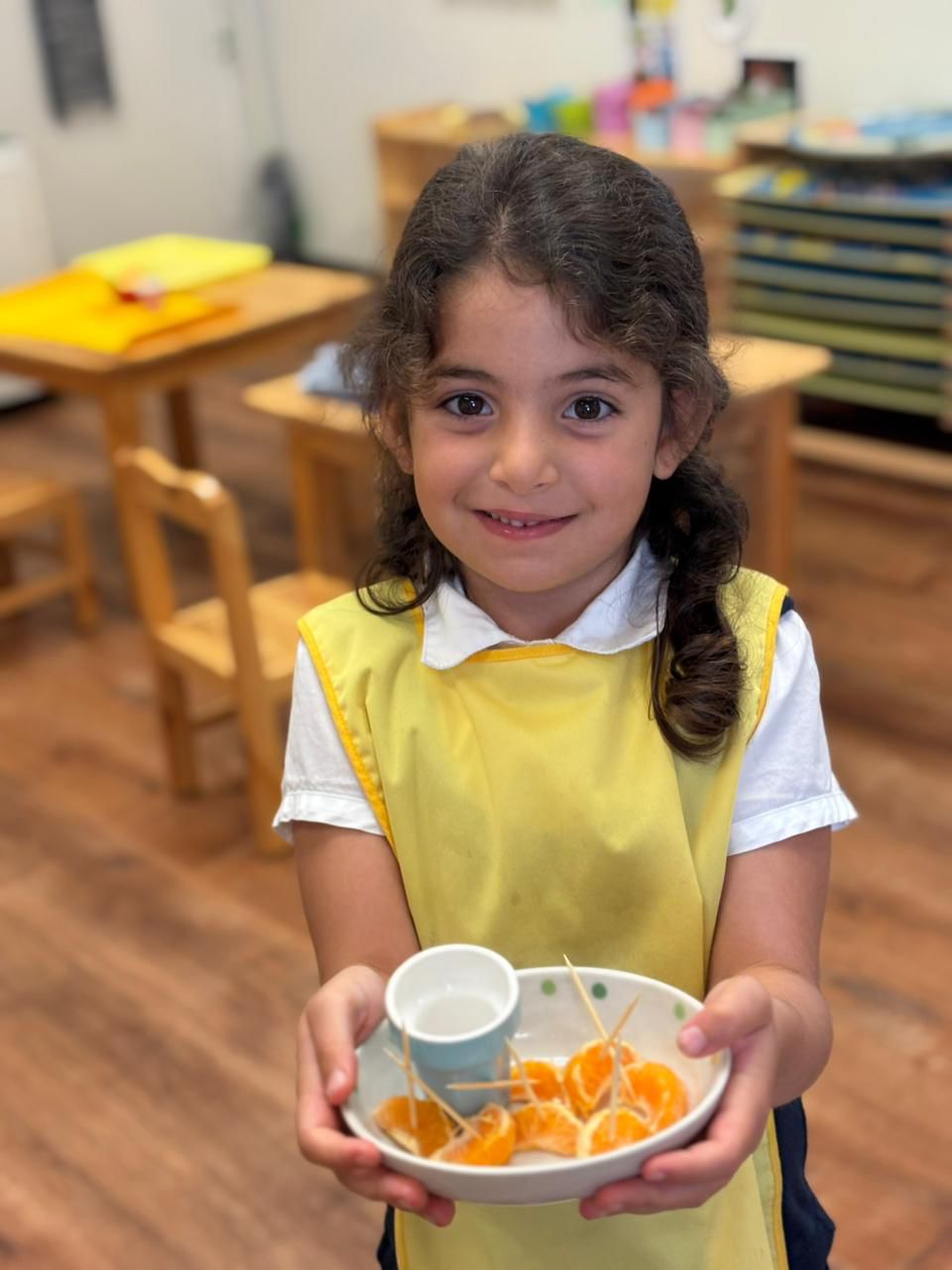
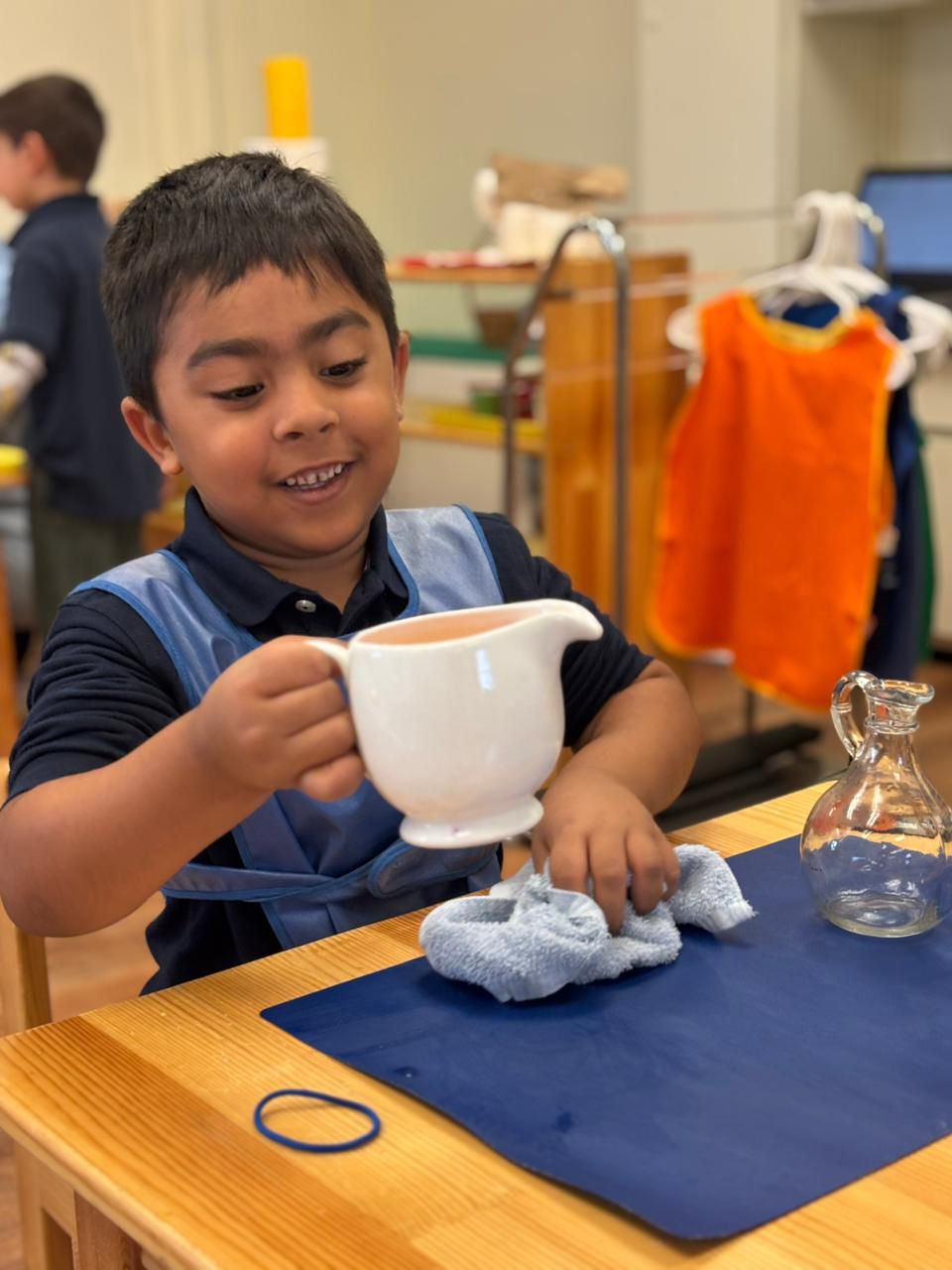
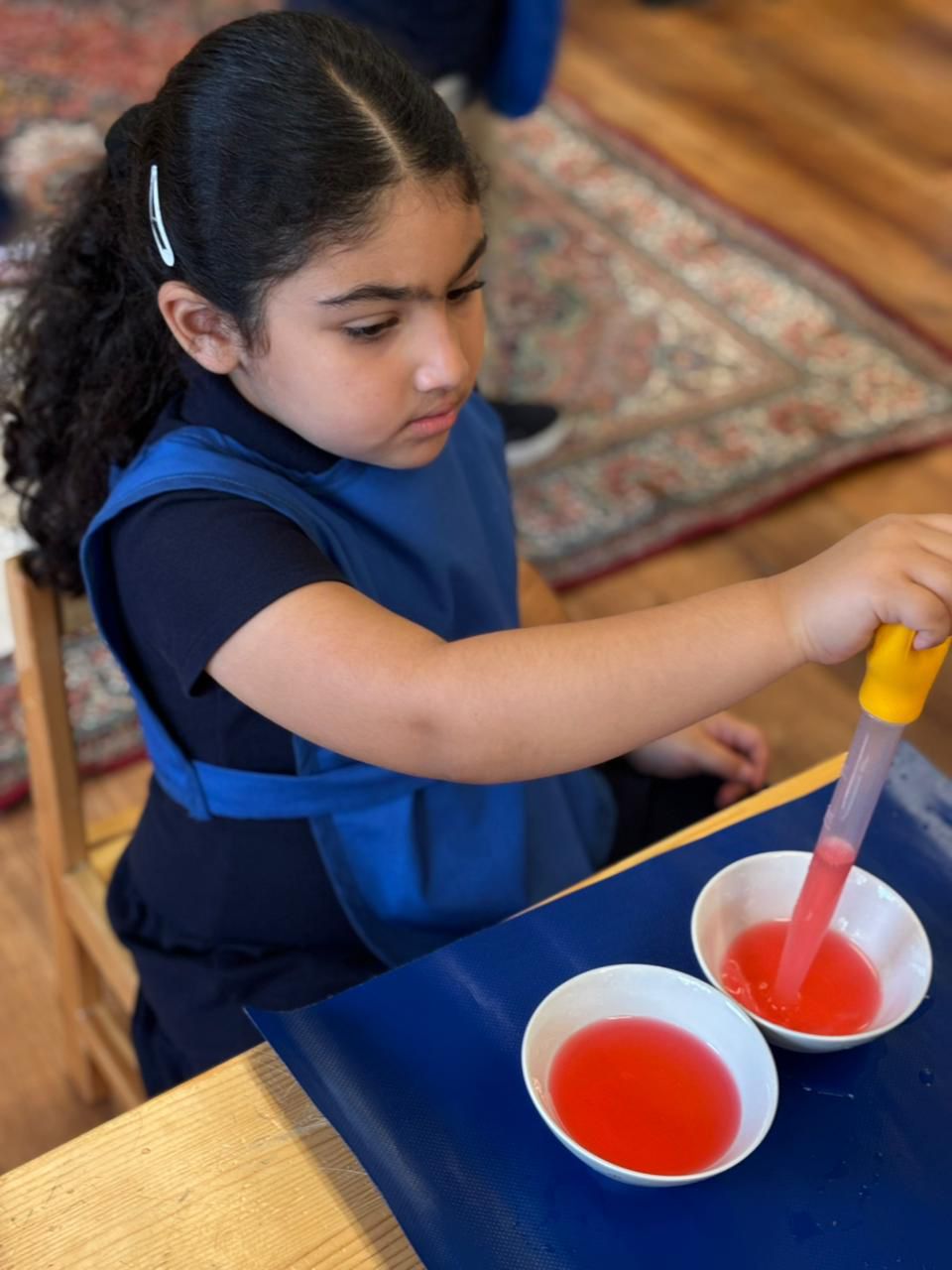
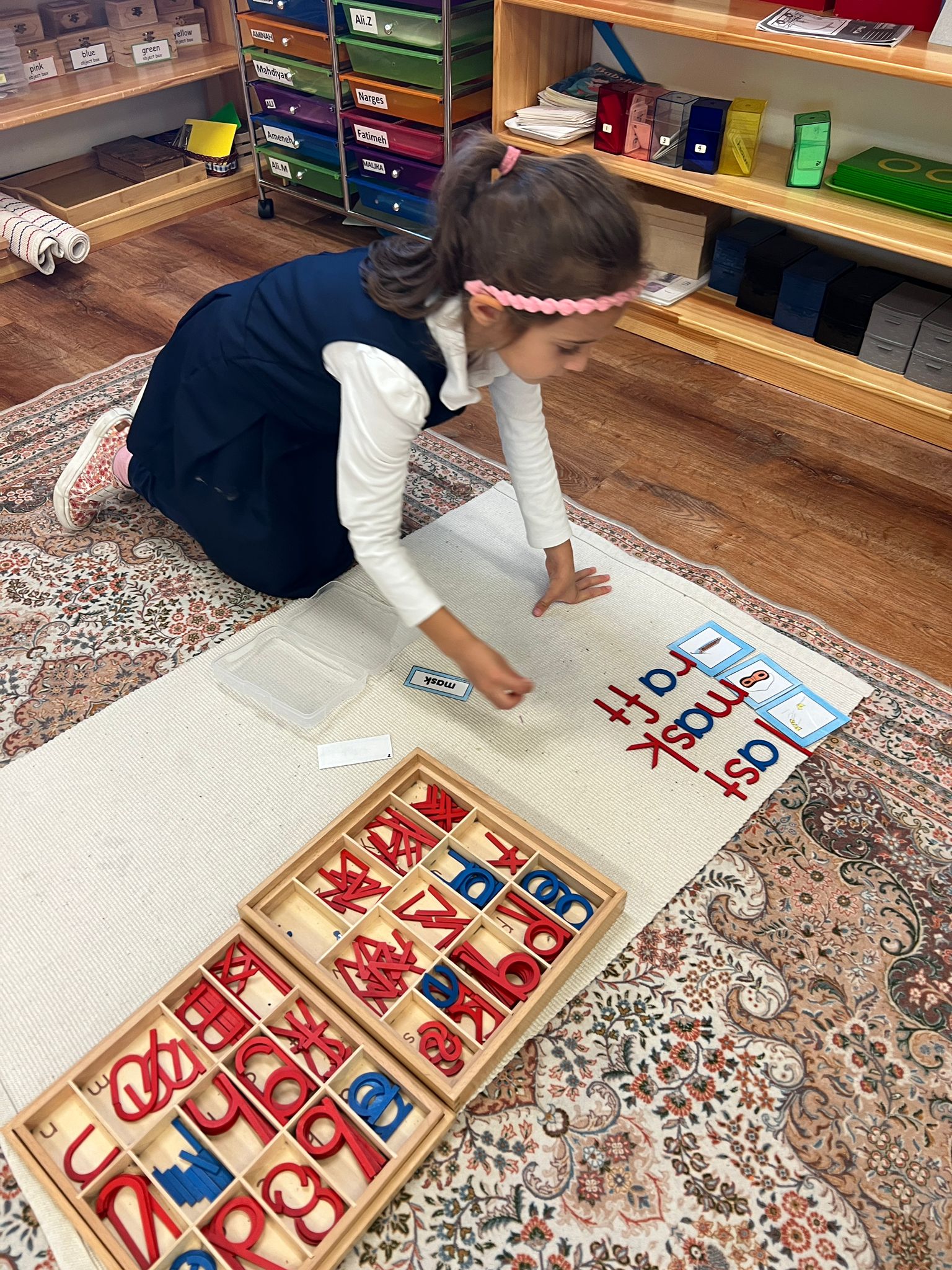
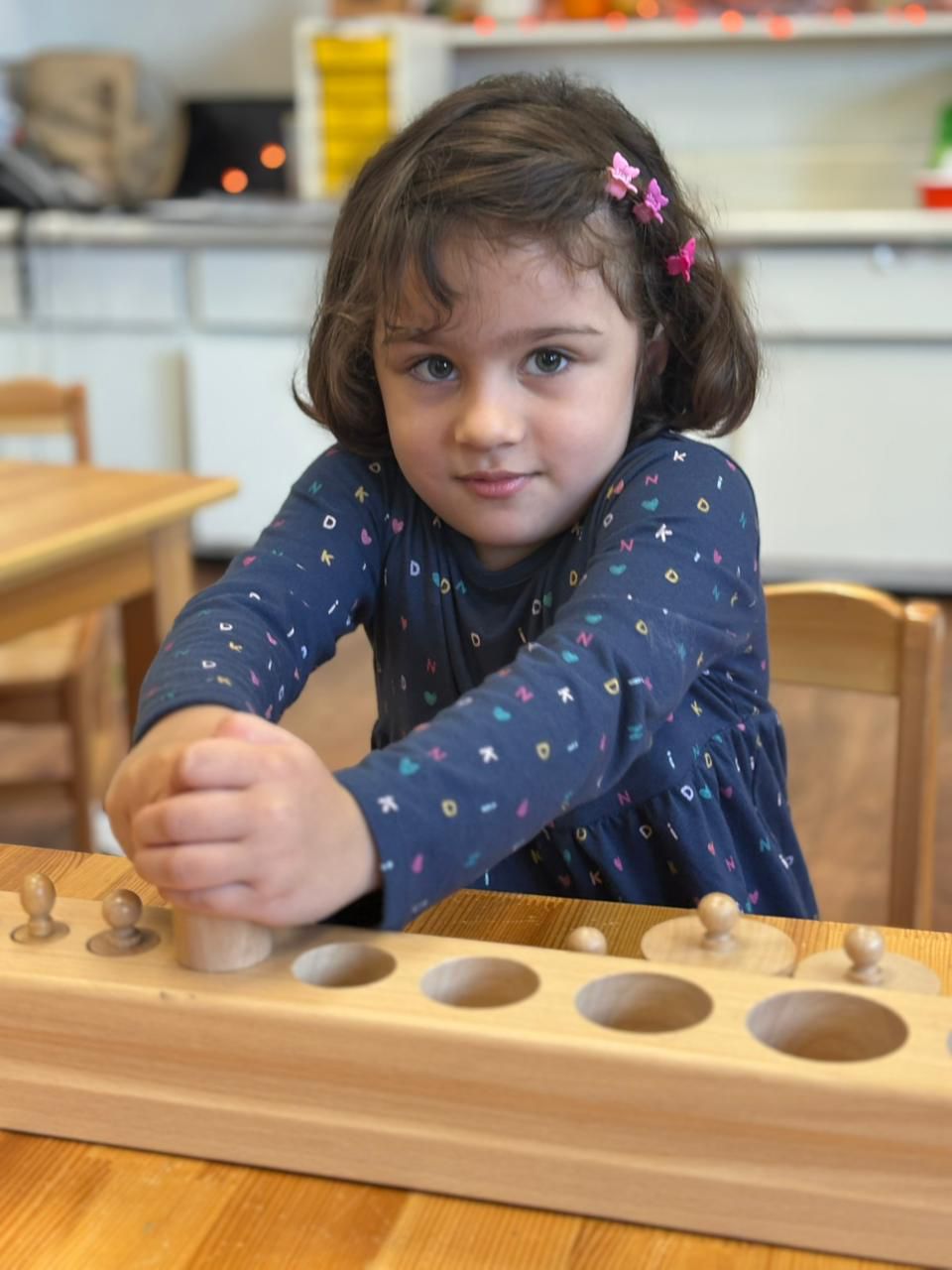
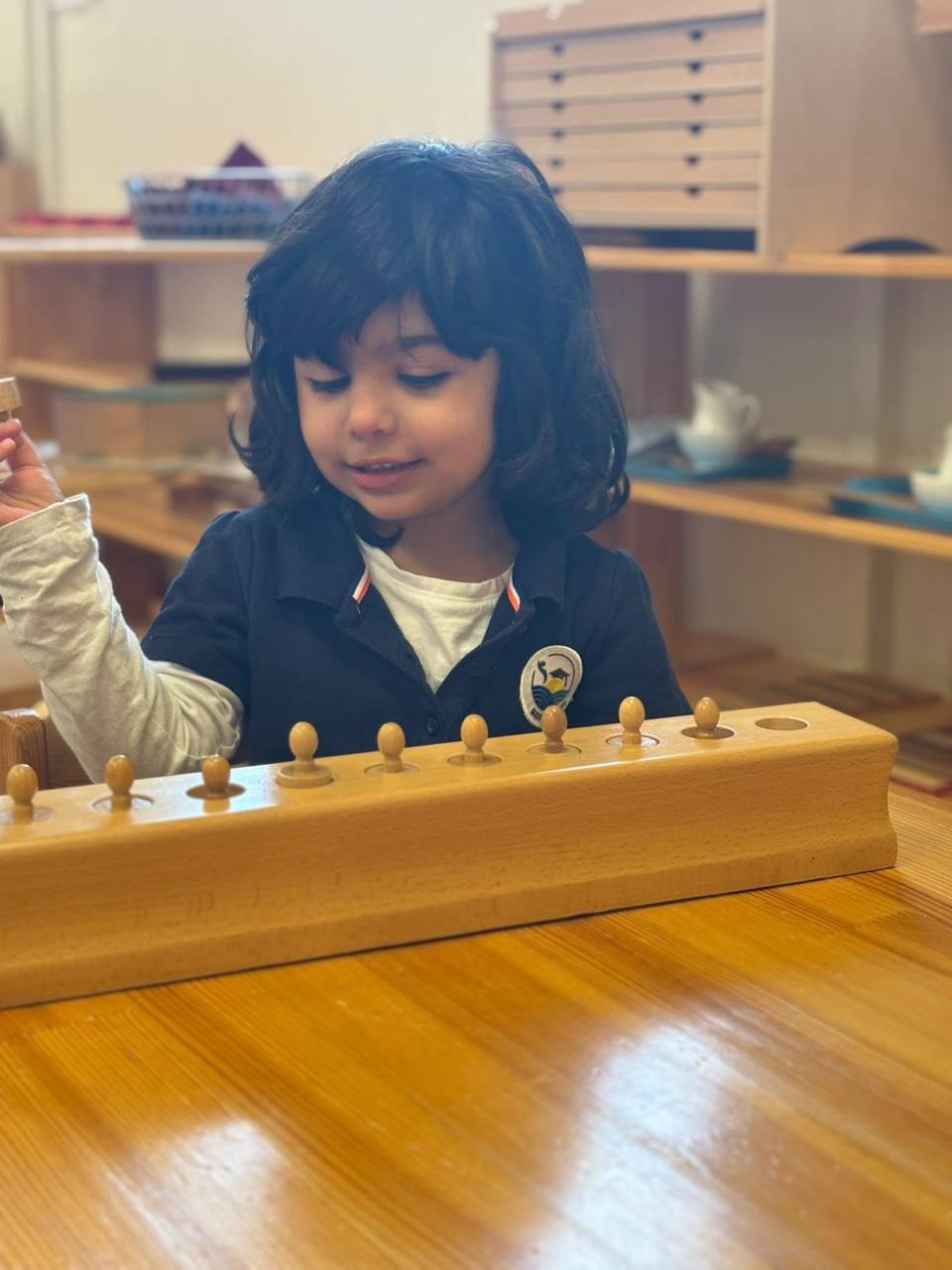
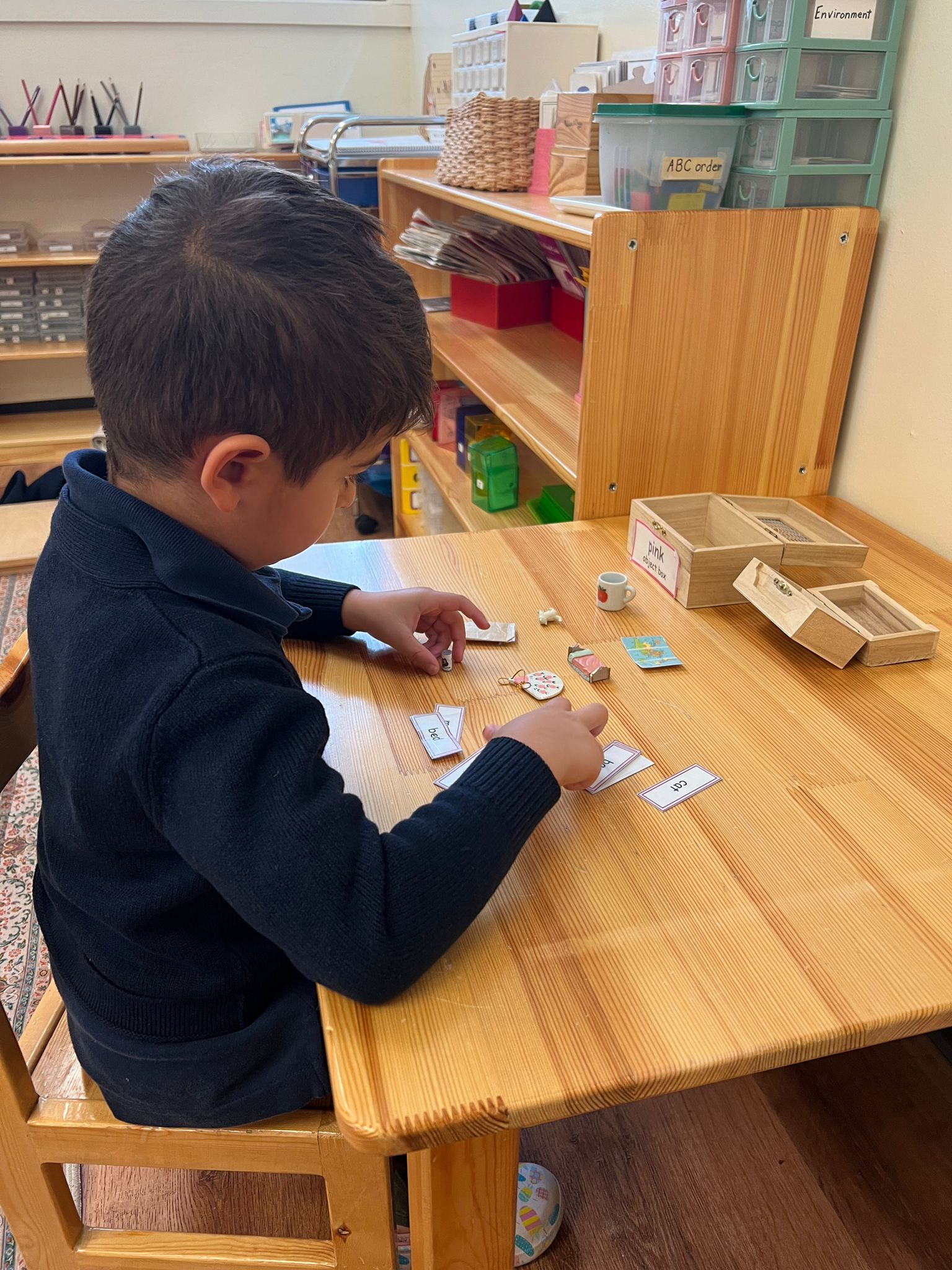
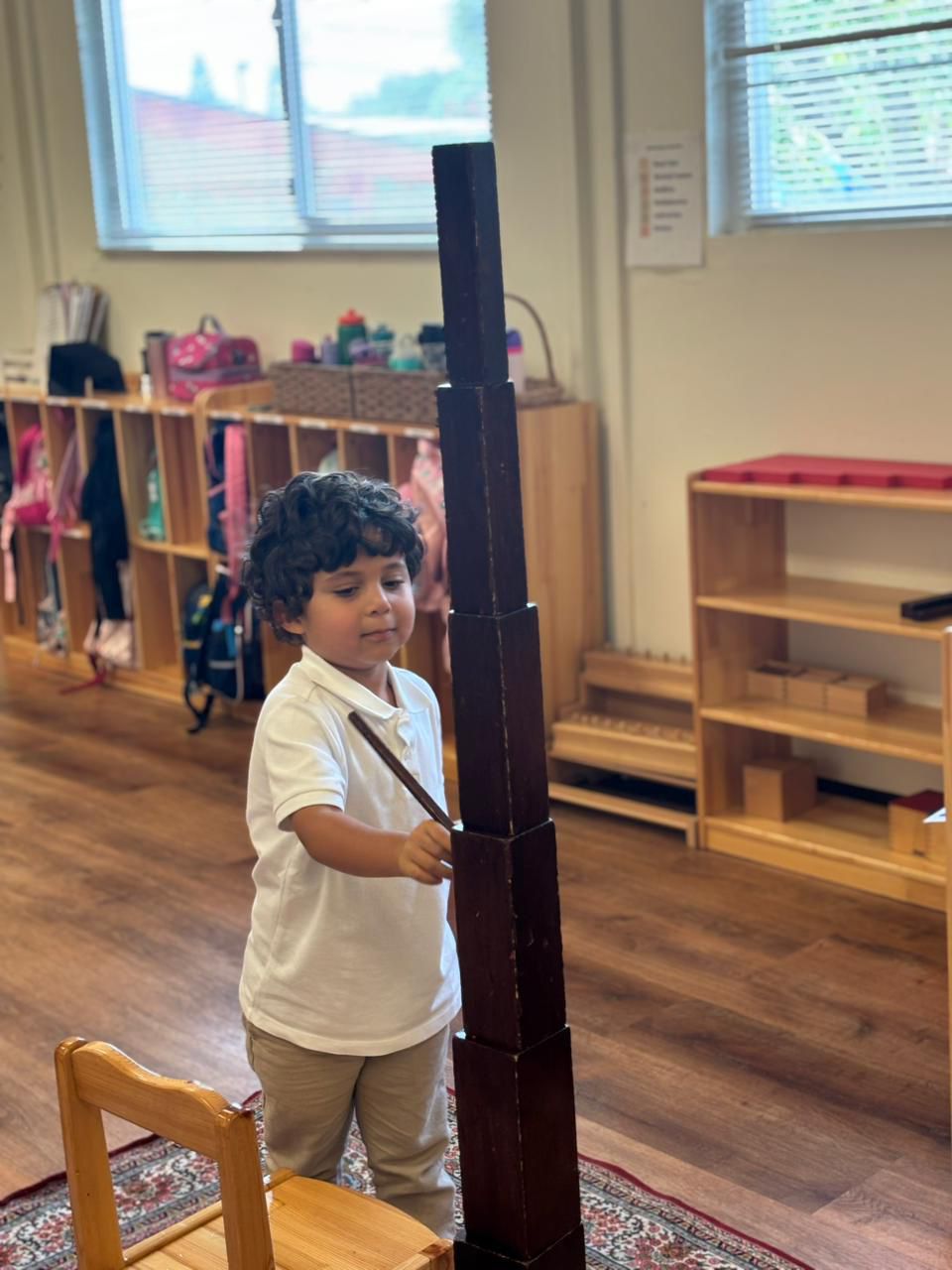
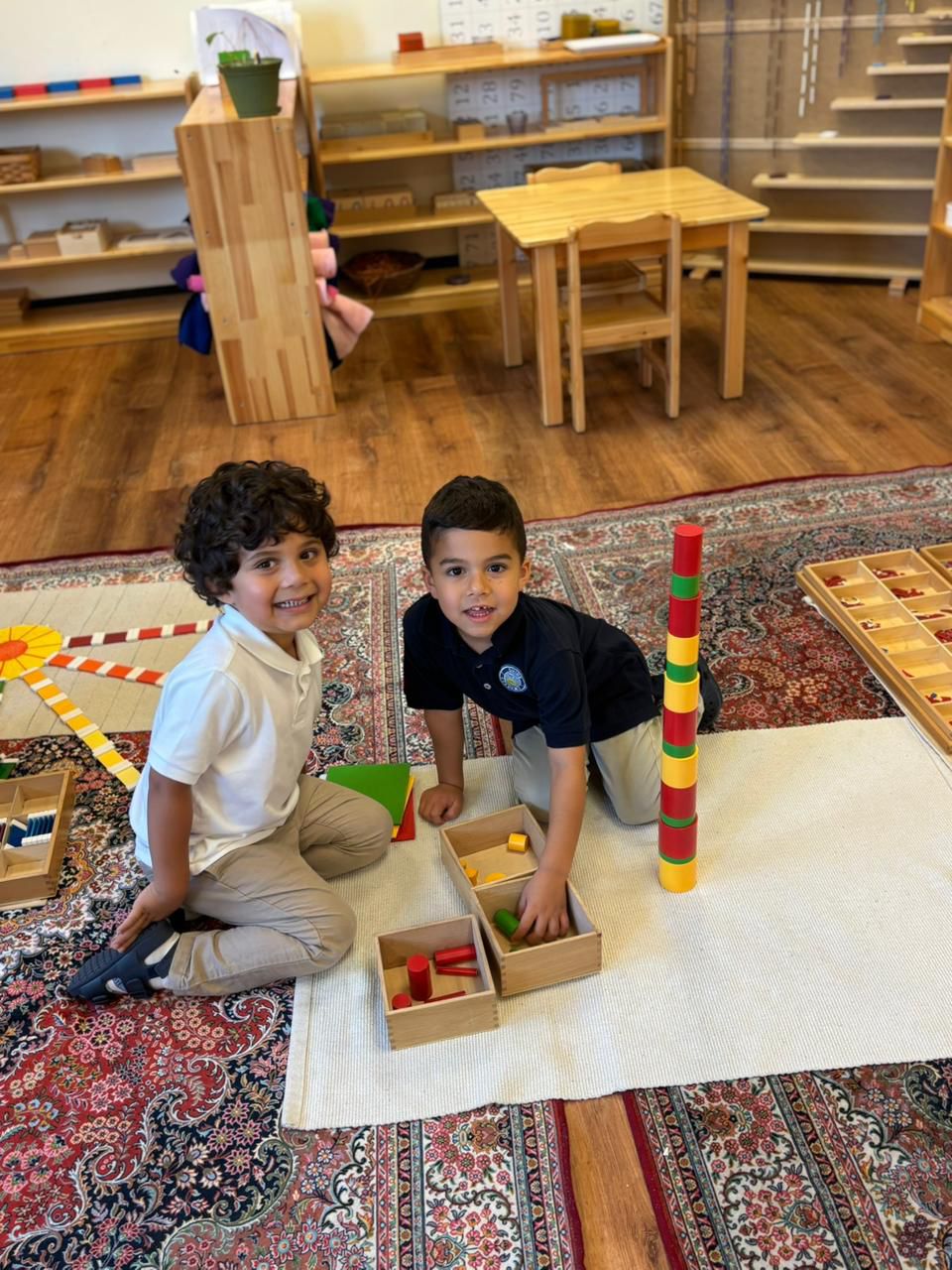
Introduction
One of the most difficult yet wonderful aspects of life is being a parent. Children are the most valuable gift we can receive.
We do not have much control over everything. We must, however, praise ourselves for accepting the responsibility for their growth, health, mental, moral, psychological, and physical well-being. Below, we share some ideas about how to practice Montessori with your child at an early age. Remember, age is only a guide — meeting your child where they are and working at their pace is the best approach. We hope you will find this list helpful.
1. Lying on a Montessori Floor Bed
A floor bed is an essential part of the Montessori method. Maria Montessori believed that a child’s environment should be equipped and furnished for their important activities, which includes a floor bed.
A Montessori floor bed is exactly what it sounds like: a bed that is on the floor. Whether it’s an IKEA-style frame or simply a mattress, the key is accessibility. When children are in a crib, their movement and vision are restricted. A floor bed gives them the freedom to move, make choices, and explore their environment safely.
Unlike cribs, a floor bed invites the child into sleep rather than forcing them. Parents can place the child in bed and step away, allowing the child to decide whether to move around for a bit or fall asleep when ready.
2. Looking at Easy Wall Art
Creating a beautiful atmosphere is a key element of Montessori environments. This includes child-sized furniture, natural materials, and art that children can enjoy. Hanging pictures at the child’s eye level can transform their room. For babies, black, white, and red images are ideal in the first month, while by two months they begin focusing on primary colors and more complex shapes.
Wall art doesn’t need to be expensive or complicated. Clear images without text work best. Rotate these images regularly to keep your child’s interest and expose them to new visual experiences.

3. Having Water Play
Young children love splashing in water, especially on hot days. Water play is one of the most popular activities in early childhood education, and it has many benefits beyond fun.
Water play can include pouring, scooping, submerging, swirling, or painting with water. It enhances hand-eye coordination, helps children explore their senses, and keeps them fully engaged. When children focus on an activity like water play for extended periods, they begin building longer attention spans and stronger concentration skills that will help them later in life.
4. Looking at Wall Mirrors
The Montessori mirror is a staple for early childhood development. Mirrors attract children’s attention, encouraging them to explore their bodies and movements. This builds self-awareness and teaches cause-and-effect as they watch themselves move in the reflection.
When choosing a mirror, consider the size of the room and playmat. Ideally, the mirror should be large enough for children to see their whole body. A mirror that grows with your child will provide lasting value, while a small mirror may be quickly outgrown.
Discover what makes Guide Academy unique
Schedule a Tour
Our Montessori and IB programs are rooted in academic excellence and spiritual development, creating a learning environment where students thrive. Come tour our campus, meet our passionate educators, and experience a school community dedicated to nurturing future leaders.


